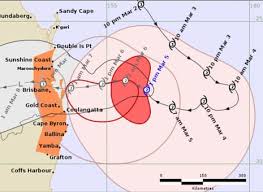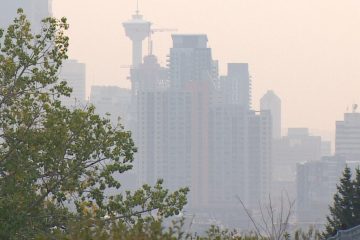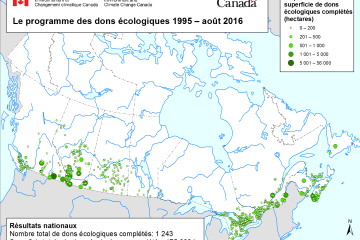Tropical Cyclone Alfred Affects Australia

Introduction
Tropical Cyclone Alfred has hit Australia, bringing significant weather impacts to several regions. Cyclones are severe weather events that pose a considerable threat to life, property, and infrastructure, especially in tropical and subtropical regions. With the season for tropical cyclones now underway, understanding their implications on local communities and readiness measures is crucial.
Details of Cyclone Alfred
Tropical Cyclone Alfred formed in the Coral Sea and developed into a severe category 3 cyclone as it approached the northeastern coast of Australia. The Australian Bureau of Meteorology has issued multiple severe weather warnings, indicating heavy rainfall, strong winds, and potential flooding across the affected regions, including Queensland and northern New South Wales. Reports show that wind gusts reached up to 150 km/h, uprooting trees and causing power outages to thousands of residents in the region.
Response and Recovery Efforts
Local authorities have activated emergency response protocols, with services mobilizing to support affected communities. Evacuation centres have been established, and shelter has been provided to those displaced by the storm. The Australian Red Cross, along with various emergency services, is working to assess damage and provide necessary aid. The government has also pledged support for recovery efforts once the cyclone passes.
Impact and Forecasts
As Cyclone Alfred continues to move inland, meteorologists warn of increased risks of flash flooding and landslides in already saturated areas. The full extent of the damage is still being evaluated, but early assessments indicate significant disruptions to transportation networks and essential services. Meteorological experts are closely monitoring the cyclone’s path and potential changes in intensity.
Conclusion
Tropical Cyclone Alfred serves as a reminder of the importance of preparedness in the face of natural disasters. As Australia confronts the impacts of climate change, the frequency and severity of tropical cyclones are expected to rise. Staying informed and ready is crucial for communities at risk. Ongoing updates from weather authorities will be essential for residents in the coming days as they navigate recovery and rebuilding efforts.









